
The Top 20 Benefits of Rotary Screw Compressors for Industrial Use
November 27, 2024
How to Troubleshoot Common Industrial Vacuum Pump Issues
December 11, 2024Key Factors When Selecting Industrial Vacuum Pumps
Kaishan USA | December 4, 2024| Uncategorized
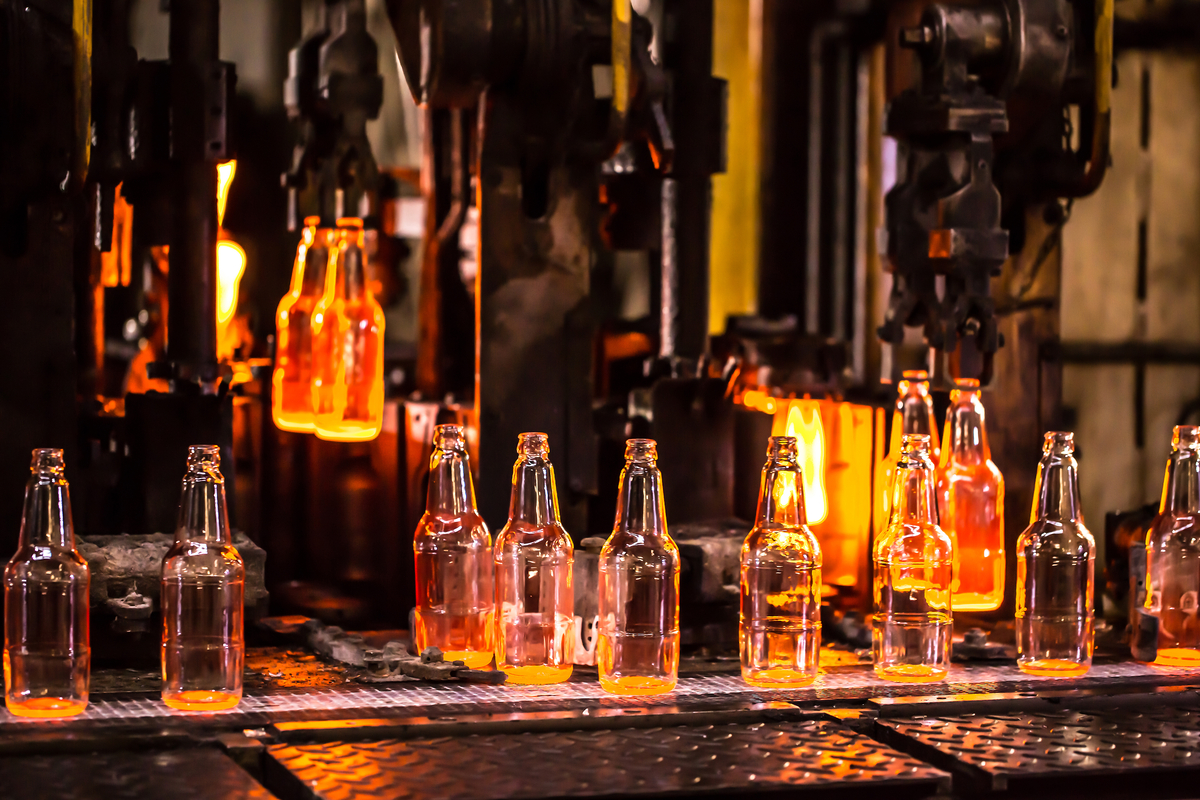
Vacuum pump technology is used in a wide range of industries, including food and beverage, woodworking and pharmaceuticals.
You will want to gather some basic information to choose the right vacuum pump for your application, including the following:
- Pressure. You need to know the vacuum level you need to reach to perform the tasks you want to accomplish. The vacuum level is the difference between the pressure in the tank or chamber and the ambient atmosphere, and it is usually measured in inches of mercury. Most industrial processes use a low or rough vacuum level, between 15 and 29.9 inches of mercury. The one exception is the semiconductor industry, which requires a much deeper level of vacuum for advanced processes like physical and chemical vapor deposition.
- Flow. You need to know how much gas you need move, including the amount leaking back into the system. Flow is usually measured in cubic feet per minute.
- Process. You need to know what kind of process the vacuum equipment will be servicing. The critical question is, what kind of materials will it be ingesting? Wood chips from a router table in a woodworking application? Food scraps from a food and beverage processing plant? Or caustic chemicals from some other process?
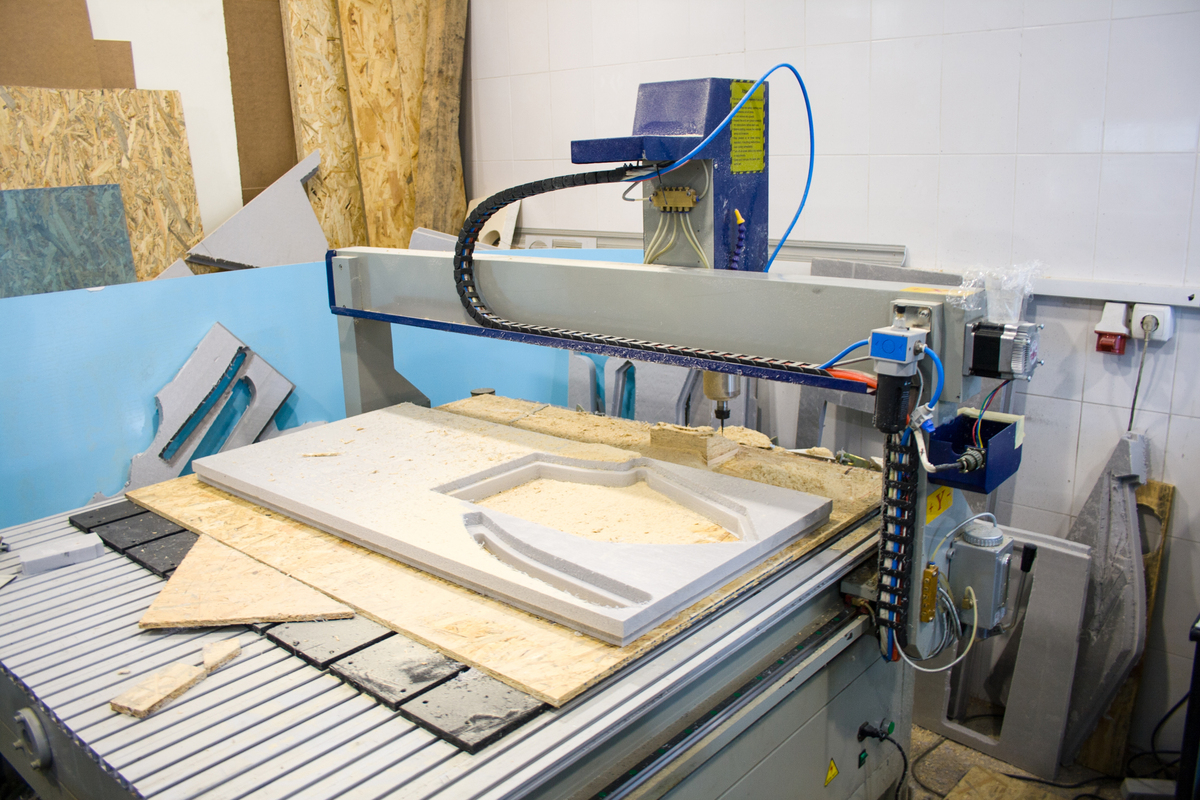
It’s important to know whether your vacuum system will be ingesting materials, such as wood chips in a woodworking application.
- Location. Where you put a vacuum pump will also be a crucial piece of information. Will it be in the middle of the shop floor or off to the side somewhere? Will it be in a compressor room or utility area? Is there a single pipe going to one piece of equipment? Or will there be a trunk line with smaller pipes supplying vacuum capabilities to many applications? Or a full-loop header circling a single area with a large-diameter pipe?
Perhaps the most critical decision you’ll make, however, is how your company is going to meet its plantwide vacuum needs. Are your vacuum requirements large enough to consider upgrading to a centralized system?
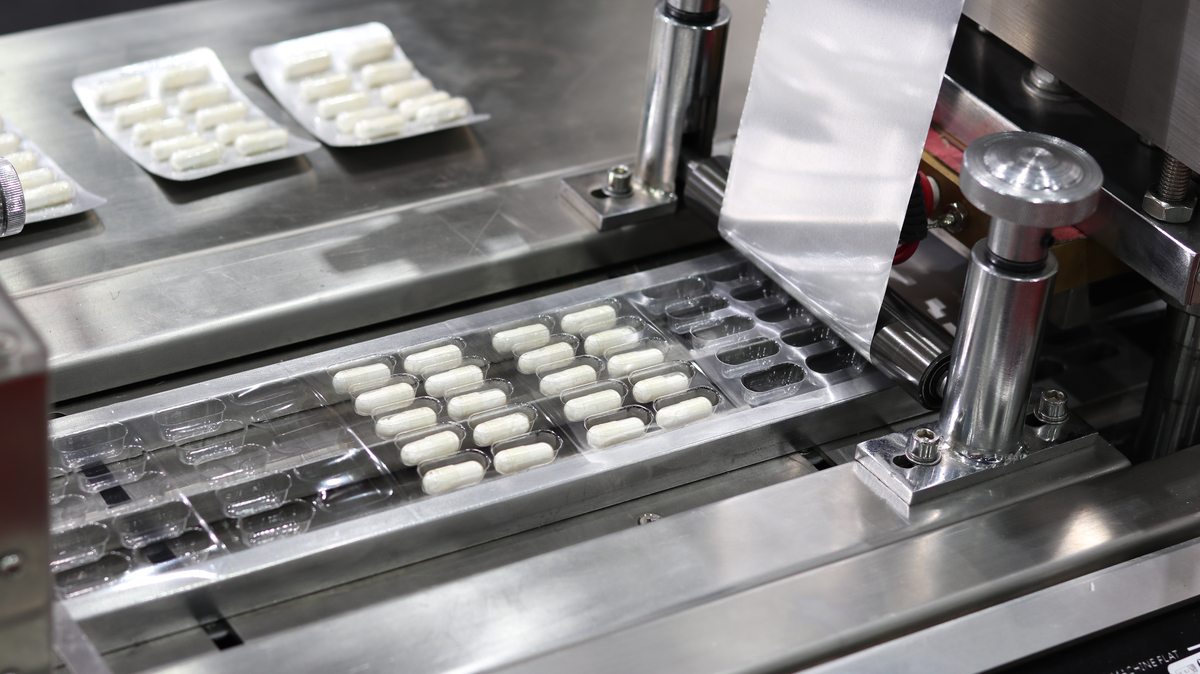
The pharmaceutical industry uses vacuum pump technology in many areas, including packaging.
Centralizing Your Vacuum Capabilities
Many companies have dozens of small, point-of-use vacuum units, usually vane pumps, scattered throughout their operations. Some of those units came with a piece of equipment, while other vacuum pumps were installed by the companies.
Because of the low initial cost and the high cost to repair, maintenance people treat these units almost as disposables, swapping them out and junking them when they fail. There usually are some sitting in the storeroom, just waiting for the next vane pump to crash.
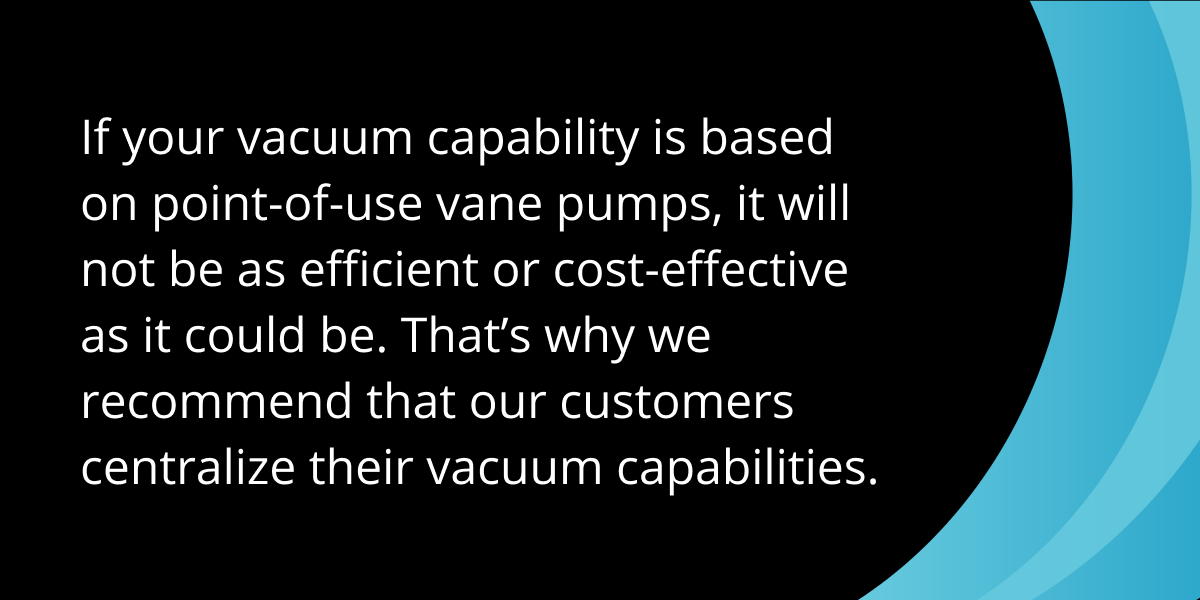
As a result, if a facility’s vacuum capability is based on point-of-use vane pumps, it will not be as efficient or cost-effective as it could be. The point-of-use approach requires a lot of maintenance time to change the oil every 500 to 1,000 hours, as recommended. And it causes a lot of costly downtime when those pumps inevitably break.
That’s why we recommend that our customers centralize their vacuum capabilities.
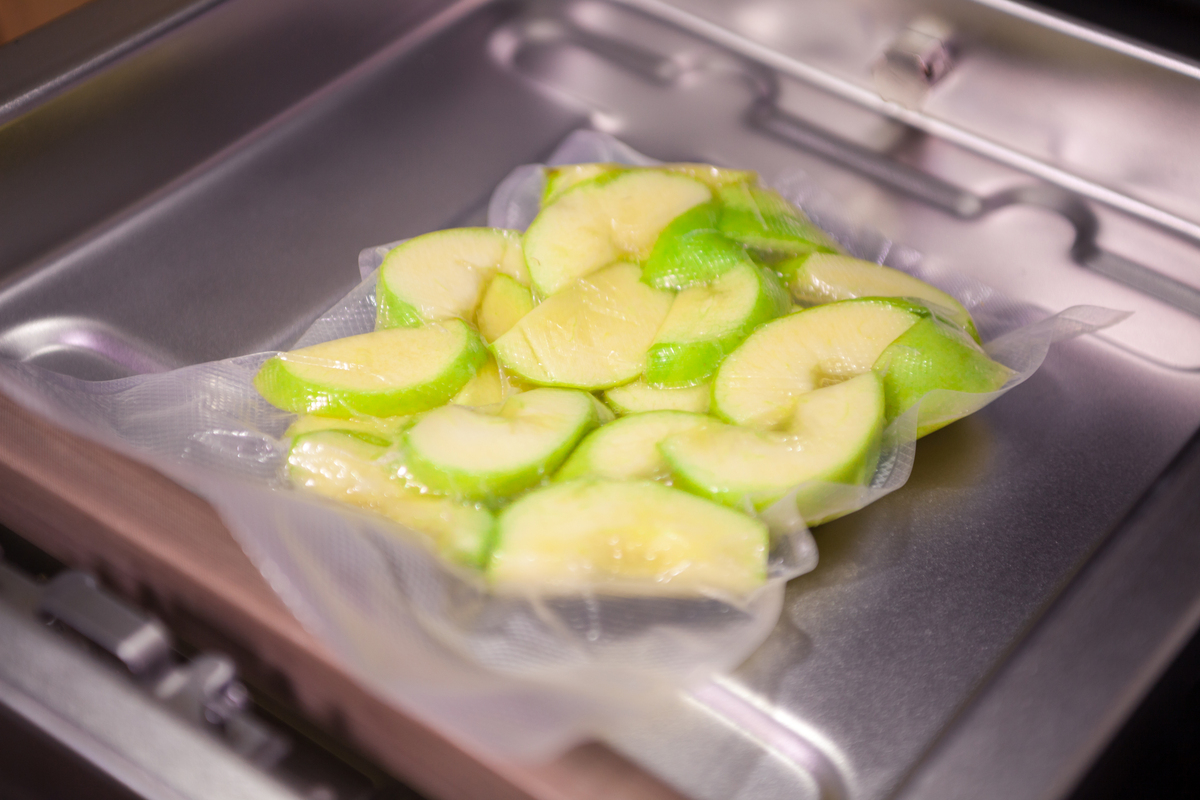
A food processing facility should not be using point-of-use vane pumps because they release small amounts of oil in aerosol form.
Benefits of Centralization
Benefits of centralizing your vacuum pump capabilities include the following:
- Improved air quality. Those dozens of small vane pumps each release tiny amounts of oil in aerosol form. That’s not acceptable in electronics, pharmaceuticals or food and beverage applications.
- Worker safety. Imagine the health impacts your employees suffer from breathing that oil mist air eight hours a day, year in, year out. And those vane pumps are noisy and produce heat, making a hot factory floor even warmer.
- Reduced maintenance. Keeping dozens of point-of-use vane pumps working is a lot of work for your maintenance crews. With a centralized system, you’ll have one machine to maintain and a lot less inventory to manage. And the effort that’s currently distributed across those dozens of pumps scattered across your plant can be focused on maintaining a single unit to the manufacturer’s specifications.
- Greater reliability. While individual point-of-use vane pumps may not seem like mission-critical equipment, the tools they service may be. Many companies find that swapping out the dozens of smaller units with a centralized system will pay for itself by eliminating downtime.
Most companies that centralize their vacuum capabilities also choose more robust industrial vacuum pumps.
Types of Industrial Vacuum Pumps
There are several different types of industrial vacuum pumps, including blowers, rotary vane (lubricated and dry), liquid ring, claw pumps and rotary screw (lubricated and dry) vacuum pumps.
Most companies find that oil-lubricated rotary screw vacuum pumps are the best industrial vacuum pumps for their applications.
Benefits of Rotary Screw Vacuum Pumps
Rotary screw vacuum pumps such as our KRSV rotary screw vacuum pump offer several advantages over other types of vacuum equipment, including the following:
- Improved vacuum pump efficiency. Rotary screw vacuum pumps optimize energy use at all vacuum levels.
- Low maintenance costs. A rotary screw vacuum pump will last years or even decades with minimal maintenance, like oil changes and oil monitoring. The lower maintenance costs cut their total cost of ownership significantly.
- Longer life. The expected life of a rotary screw pump can be up to five to ten times that of other technologies.
- Automatic alerts. Sophisticated microprocessor controls issue alerts when your pump’s performance falls below a specified threshold.
- Low noise. Many customers say rotary screw vacuum pumps are so quiet you can hold a conversation nearby.
In addition to selecting the right pump, additional features enhance the performance and longevity of an industrial vacuum pump.
Things To Make Rotary Screw Vacuum Pumps Work Better
There are several essential steps you can take to optimize a rotary screw vacuum pump for your application. We’ll start with purchasing a rotary screw pump equipped with a variable-speed drive.
Variable-Speed Drive
Equipping a rotary screw vacuum pump with a VSD will make it 30-50% more efficient than a comparable fixed-speed rotary screw or rotary vane pump and 40-60% more efficient than a liquid ring pump. A VSD-enabled rotary screw vacuum pump will adjust flow and power consumption to the vacuum levels you want.
Set-Point Control
In set point control, your pump’s intelligent controller works with the VSD to keep the vacuum level constant (e.g., 22” HgV). That keeps your rotary screw vacuum pump from drawing a deeper vacuum and consuming more energy than necessary.
Variable-Discharge Port
A variable discharge port, which is unique to Kaishan, balances and maintains your pump’s compression ratio in an ideal range, keeping the pump from over-compressing the air. As the pressure demand changes, the discharge port adjusts immediately, keeping the port opening at the perfect size to ensure maximum efficiency.
Precision-Designed Airend
A well-designed airend and rotor profile, tight clearances and high-quality bearings will significantly increase vacuum pump efficiency.
Oil Pump
Most industrial vacuum pumps use differential pressure to get the needed lubrication flowing into the airend to prevent damage. In certain applications the pump can stop and start a lot, so the pump is turning on often without the needed lubrication. As a result, the vacuum pump must start slowly to build up enough differential pressure to get the oil flowing.
However, Kaishan has added an oil pump that begins moving oil as soon as the pump starts. So, you can ramp up to maximum RPM quickly, beginning work almost immediately. You’ll save several seconds every time you stop and restart, increasing your productivity.
Backup
We always recommend the use of a backup unit in case your main unit goes down. It also lets you shut down the primary pump or service when it needs maintenance. That’s much easier than waiting for a plantwide shutdown and much less expensive than doing the work after hours.
Having units with controllers that talk to each other allows the units to rotate the primary unit, so the running hours are balanced (making service on both units come due at the same time saving money on multiple calls). As a result, if there is an emergency with one pump the other will automatically turn on to carry the load.
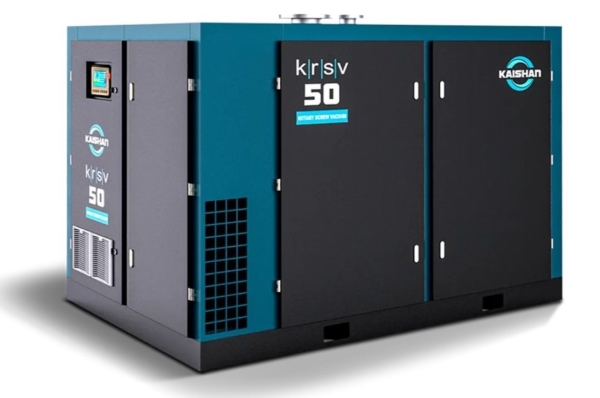
The KRSV rotary screw vacuum pump delivers the most CFM per horsepower at every vacuum level.
KRSV: Greatest CFM/Horsepower
With industry-leading efficiency and rugged reliability, Kaishan’s KRSV rotary screw vacuum pump is the ideal rotary screw vacuum for most industrial facilities.
It is the only industrial vacuum pump on the market that integrates all the cutting-edge features listed above—a VSD, set-point control, variable-discharge port, precision-designed airend and an external oil pump.
In particular, the KRSV’s combination of an oil pump and a variable-discharge port allows you to ramp up faster, boosting your productivity significantly. In tests, KRSV drew a 500-gallon tank down to vacuum 28% faster than a pump with only a VSD.
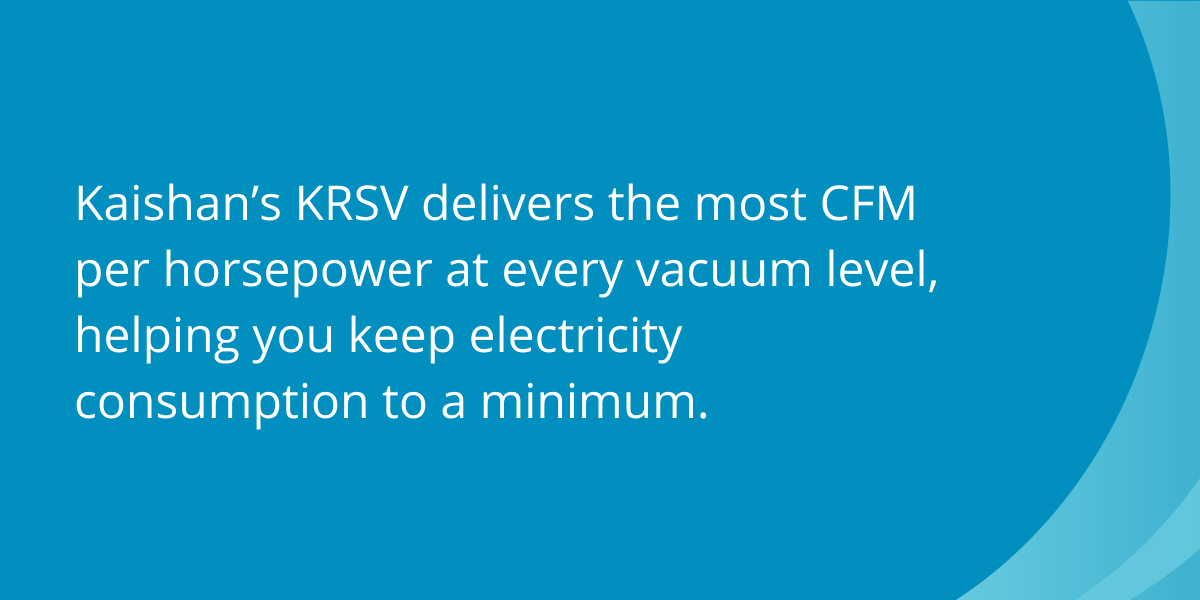
As a result, the KRSV delivers the most CFM per horsepower at every vacuum level, helping you keep electricity consumption to a minimum.
Optimization Help
Your local vacuum and compressed air consultant can help you configure your vacuum capabilities to meet your needs.
We work with a nationwide network of independent distributors, who can provide on-site help and consultation—including assistance in centralizing your system. These factory-trained experts can also service your vacuum system without a problem.
Key Takeaways
- Choosing the right vacuum pump for your application requires that you gather some basic information, including the pressure and flow you need, the type of process you’re servicing and the location in your facility.
- If a facility’s vacuum capability is based on point-of-use vane pumps, your efficiency and costs could be improved by a centralized vacuum system.
- Benefits of centralizing your vacuum pump capabilities include greater energy efficiency, improved air quality, an enhanced working environment, reduced maintenance and greater reliability.
- There are several different types of industrial vacuum pumps, but most companies find that oil-lubricated rotary screw vacuum pumps are the best industrial vacuum pumps for their applications.
- Rotary screw vacuum pumps offer several advantages over other types of industrial vacuum pumps, including improved vacuum pump efficiency, lower maintenance cost, longer life, automatic alerts and low noise.
Let Us Help
Choosing the right vacuum pump and even converting to a centralized system can be a major step in improving the reliability of your vacuum system and all the tools that rely on that system. If you need help choosing the right vacuum pump for your application, get in touch with the experts at Kaishan. Contact us today.
Random stat or
customer quote
textXXtext
text

